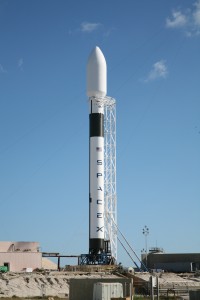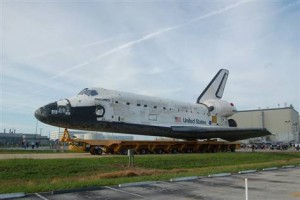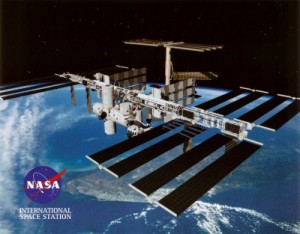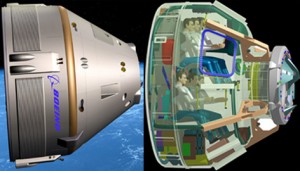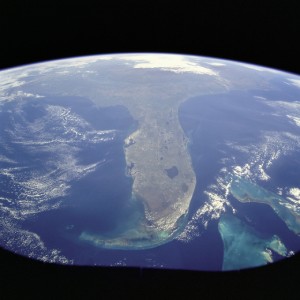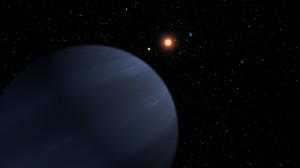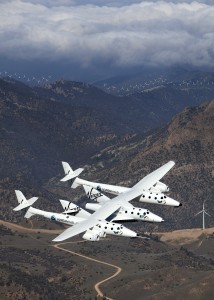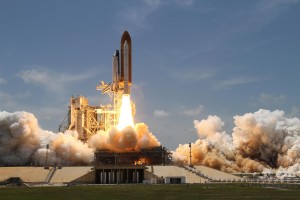SpaceX Launch of Falcon 9 Rocket and Dragon Capsule a Milestone
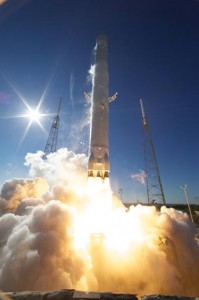
Falcon 9 rocket (Photo Credit: Chris Thomson)
On Wednesday, SpaceX positioned itself among an elite class. Only the United States, Russia, Japan, India, China, and the European Space Agency (representing multiple countries) had successfully recovered a spaceship after it orbited the Earth and reentered the atmosphere. Yesterday, Space Exploration Technologies Inc., referred to often as SpaceX, became the first private company to join that group.
At 10:43 AM EST, the company’s Falcon 9 Rocket launched into space while carrying the Dragon capsule. The capsule circled the Earth at speeds exceeding 17,000 mph. And after successfully orbiting the Earth twice, the capsule splashed down in the Pacific ocean, where it was retrieved shortly after 2 PM EST.
“What a great day for SpaceX. What a great day for NASA. And what a historic day for commercial space flight” said Alan Lindenmoyer, Manager of the Commercial Crew and Cargo Program at the Johnson Space Center in Houston.
This was the first space flight associated with NASA’s COTS (Commercial Orbital Transportation Services) program, which is designed to develop commercial transport and supply missions to the International Space Station (ISS).
During the subsequent press conference, CEO and Chief Technology Officer, Elon Musk said that “I think it’s just a testament to the incredible work of people at SpaceX. I mean, everyone just did their job so well.”
He added that “For a rocket to work and then a spacecraft to work, they’re both incredibly complex devices. There’s so much that can go wrong. And it all went right.”
